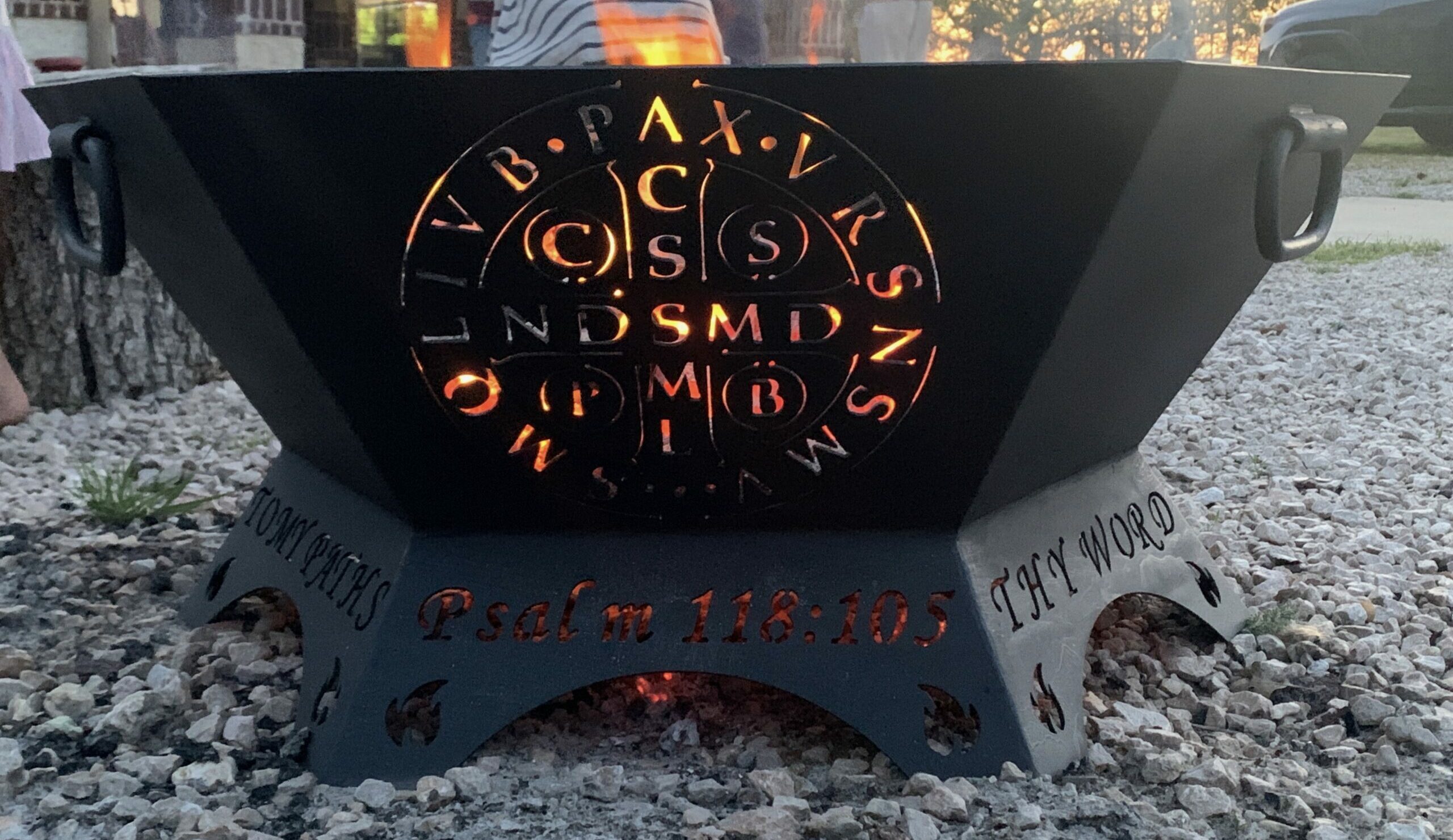Now after the Sabbath, toward the dawn of the first day of the week, Mary Magdalene and the other Mary went to see the tomb. And behold, there was a great earthquake, for an angel of the Lord descended from heaven and came and rolled back the stone and sat on it. His appearance was like lightning, and his clothing white as snow. And for fear of him the guards trembled and became like dead men. But the angel said to the women, “Do not be afraid, for I know that you seek Jesus who was crucified.”—Mt 28:1-11
Why was there an earthquake at the Resurrection?
Fr. Lapide writes: “Firstly, By the earthquake was signified the power, magnificence, and glory of Christ in His resurrection as God. For by an earthquake God made known His presence on Sinai and elsewhere. Secondly, that the women might recognise the angel not only from his glorious appearance, but from this earthquake, and might more easily believe the resurrection of Christ proclaimed by the angel; especially because by means of the earthquake he rolled away the stone from the door of the sepulchre, that the women might enter, and seeing it empty, might know that Christ was risen.” Fr. Lapide also adds a symbolic reason: “The earth which trembled with horror at the death of Christ, as it were leaped with joy at the resurrection.”
Why did the angel of the Resurrection appear as both snow and lightning?
Pope St. Gregory gives a surprising answer that incorporates not only Christ’s friends at His conquered tomb, but also His enemies: “In lightning is terror, but in snow is a tempered brightness; and because Almighty God is terrible to sinners and mild to the righteous, so the angel, who is a witness of His resurrection, is rightly shown with a countenance like lightning and with raiment like snow, that by his appearance he might terrify the wicked and comfort the good.”
Why did the Angel sit on the stone instead of stand?
St Thomas Aquinas explains: “The angel sat, though he was not weary, as teacher of the faith, as master of the resurrection. The angel laid upon the stone the foundations of the faith upon which Christ was going to found His Church. Or by the stone may be designated death, by which all men were oppressed: by the angel sitting upon the stone it is therefore signified that Christ subdued death by His own power.”
Why did the angel mention Jesus crucified at the Resurrection if this was only to be a joyful event?
Fr. Lapide explains: “The angel expressly says ‘crucified,’ both to show that he is not ashamed of, but that he openly confesses the Cross and the Crucified, and that he is His servant, because the Cross is the highest honour and glory to Christ and to His followers… And because by the Cross He reconciled angels to men, and Heaven to earth, “reconciling to Himself all things, whether on earth or in heaven, making peace by the blood of his cross.'”—Col 1:20.
The above topics were partly covered earlier this week in my second-to-last VLX (Video Lectio Divina) on the Gospel of St. Matthew found on this recent YouTube video. Although that is the second-to-last VLX (at least in regards to St. Matthew) I hope you can listen to all my VLX from start-to-finish very soon.
I will soon start a new online series titled, “Discernment of Spirits by St. Ignatius of Loyola.” I am thrilled to bring you this 23-part series. It will start this summer. As with all my production, it will be free for all—rich and poor alike—with no ads on YouTube or this site so as to keep eyes modest.
